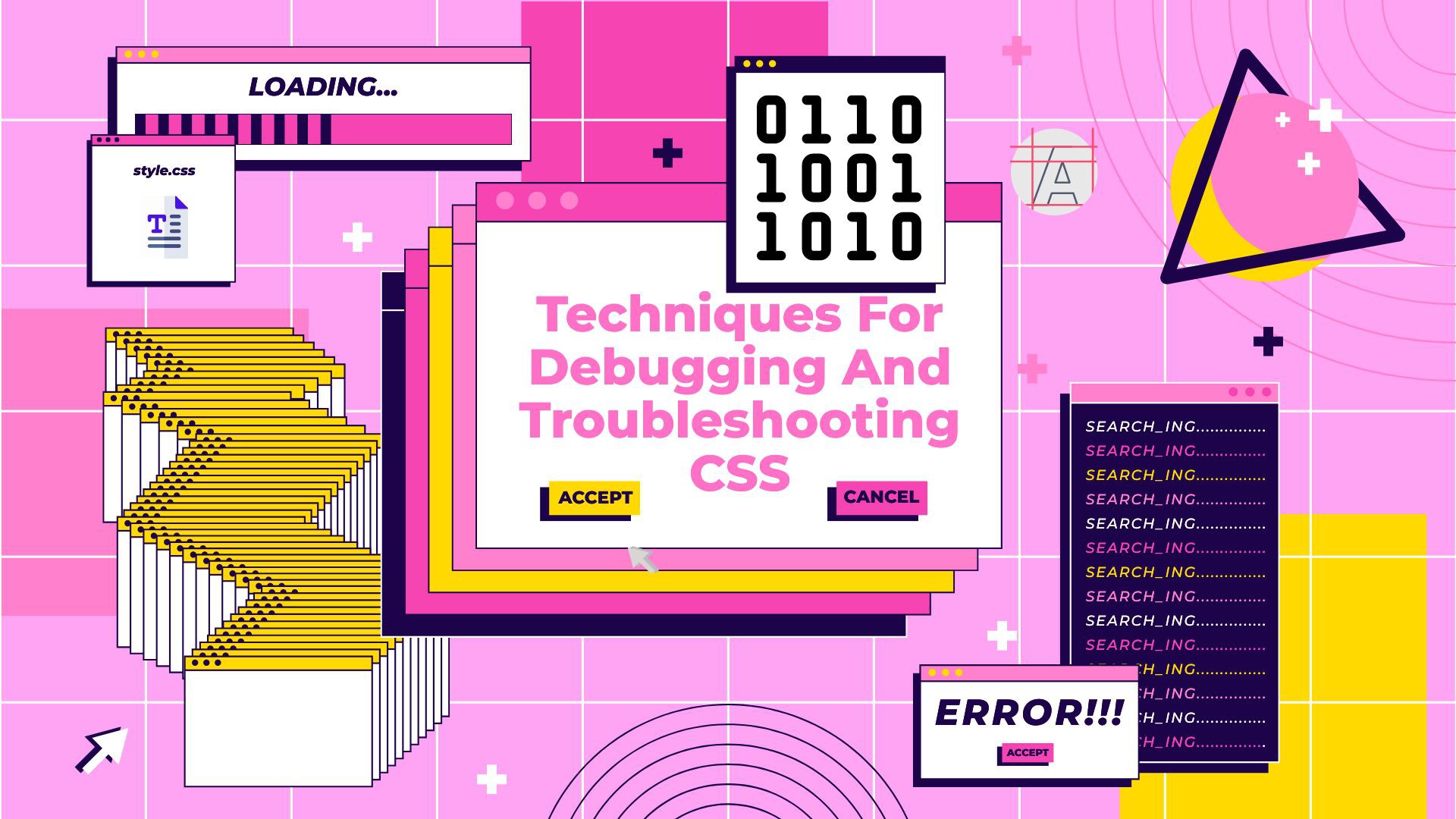CSS Box Shadow Generator
A box-shadow CSS Generator tool to fast generate box-shadow CSS declarations.

Use the browser's developer tools: Most modern browsers come with built-in developer tools that allow you to inspect and modify the HTML and CSS of a webpage in real-time. These tools can be very helpful for identifying issues with your CSS code and for finding ways to fix them. To use the developer tools, simply right-click on the element you want to inspect and select "Inspect" from the context menu. This will open the developer tools, which allow you to view the HTML and CSS code for the element and make changes as needed.
Check for syntax errors: Syntax errors in your CSS code can cause issues with how the styles are applied to your webpage. Be sure to check your code for any syntax errors, such as missing brackets or semicolons, and fix them as needed.
Use the "!important" rule sparingly: The "!important" rule allows you to override other styles and give a particular style priority. While it can be useful in some situations, overuse of "!important" can cause issues with how your styles are applied, so it's best to use it sparingly.
Use a CSS reset: A CSS reset is a set of styles that are applied to a webpage to ensure that all elements are styled consistently across different browsers. If you're experiencing issues with how your styles are being applied, you may want to consider using a CSS reset to ensure that all elements are styled consistently.
Test your styles in multiple browsers: Different browsers may interpret and apply your styles differently, so it's always a good idea to test your styles in multiple browsers to ensure that they are being applied consistently.